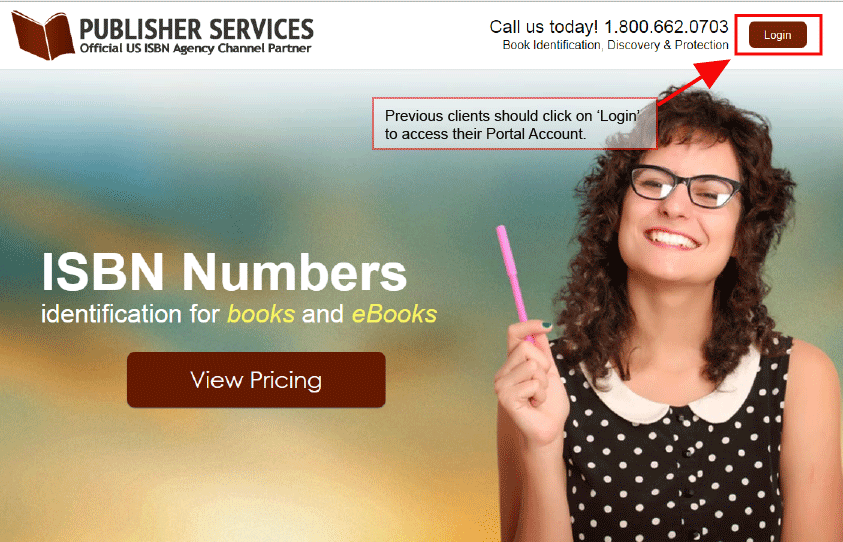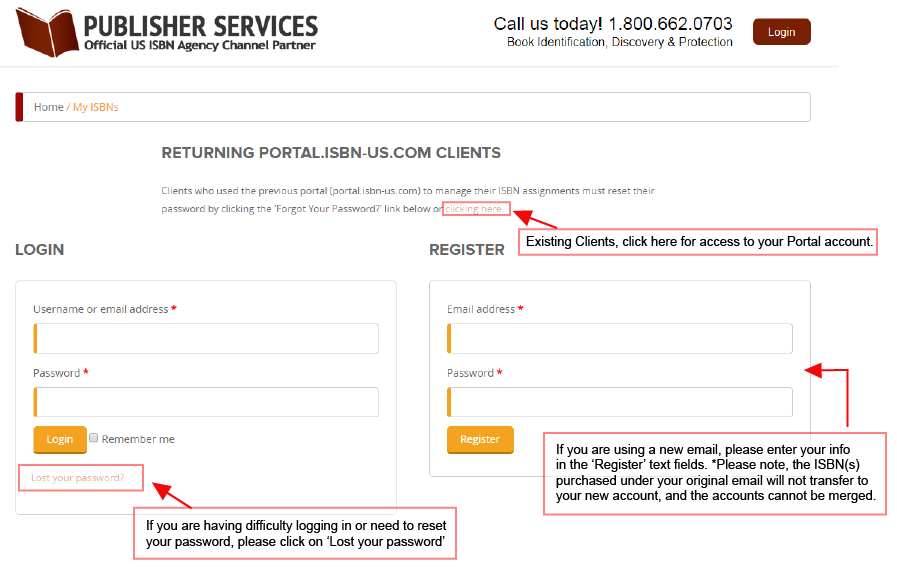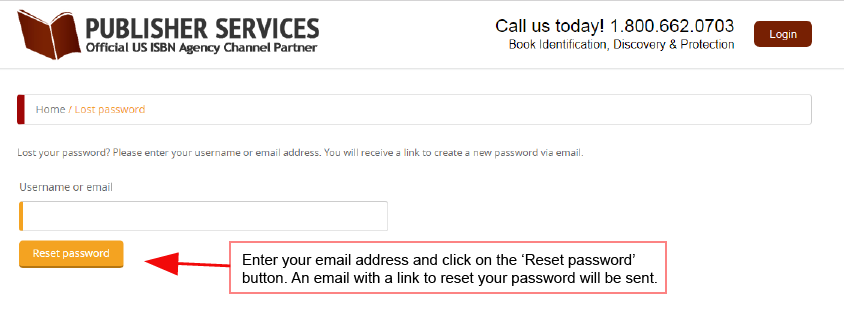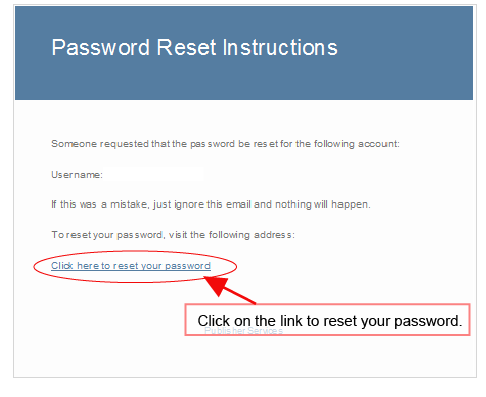A major challenge for new authors is learning the terminology. Authors who manage their own marketing, distribution, and printing will soon find that there are far more concepts — and acronyms — they must learn about than if they were working with a traditional publisher.
ASIN (Amazon standard identification number) — Amazon assigned a unique 10-digit identifier for each product on Amazon.com. Books published prior to 2009 with a 10-digit ISBN have an identical ASIN.
BISG (Book Industry Study Group) — Protocol that allows users to copy files from their local system to a network. Authors can transfer using FTP client software such as Fetch or SmartFTP, or cloud-based programs such as YouSendIt.
DRM (digital rights management) — Technologies or programs used by sellers of digital content, including e-books or audiobooks, to limit its use or prevent copyright infringement. This includes the number of times a product can be downloaded for a single purchase, the number of devices on which it can be accessed, and whether the content can be duplicated or modified.
EPS (encapsulated postscript (file)) — Protocol that allows users to copy files from their local system to a network. Authors can transfer using FTP client software such as Fetch or SmartFTP, or cloud-based programs such as YouSendIt.
EPUB (electronic publication) — An open and free e-book format proposed by the International Digital Publishing Forum that allows for the simple re-flow of content for whichever device the reader is using at the time. Files carry the “.epub” file extension.
FTP (file transfer protocol) — Protocol that allows users to copy files from their local system to a network. Authors can transfer using FTP client software such as Fetch or SmartFTP, or cloud-based programs such as YouSendIt.
GIF (file transfer protocol) — Protocol that allows users to copy files from their local system to a network. Authors can transfer using FTP client software such as Fetch or SmartFTP, or cloud-based programs such as YouSendIt.
HTML 5 (hypertext markup language 5) — The latest revision of the markup language used to create web pages and other information viewed on a web browser. This revision offers new features such as embedding graphics, audio, video, and interactive documents.
ISBN (international standard book number) — The unique identifier barcode given to each book/format combination. It can be either 10 characters or (for books published in 2007 or later) 13 characters. The number is provided by the ISBN agency of each author’s home country.
JPG (file transfer protocol) — Protocol that allows users to copy files from their local system to a network. Authors can transfer using FTP client software such as Fetch or SmartFTP, or cloud-based programs such as YouSendIt.
MOBI (file transfer protocol) — Protocol that allows users to copy files from their local system to a network. Authors can transfer using FTP client software such as Fetch or SmartFTP, or cloud-based programs such as YouSendIt.
ONIX (online information exchange) — The international standard for capturing bibliographic information — including title, author, and publication details — for books. Retailers, distributors, wholesalers, and publishers use it to communicate information about titles.
PDF (portable document format) — A file format that allows for documents to be viewed and printed the same way, regardless of the application or device used. It is often used for e-books and for transferring files to be printed to create hard copies.
POD (print on demand) — A printing technology in which physical copies of books are not produced until an order is received. This reduces the need for inventories of books to be kept on hand and a lower overhead cost to self-published authors. Popular POD platforms include Lulu, Xlibris, and Amazon’s CreateSpace.









